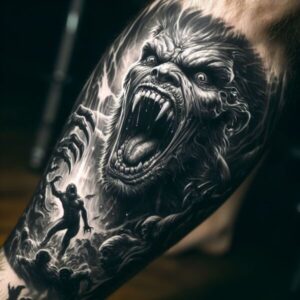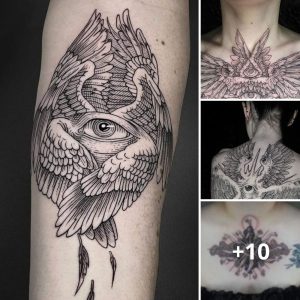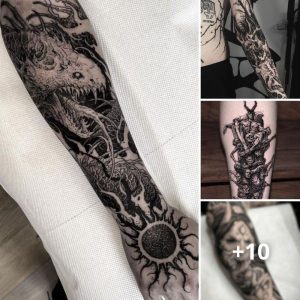Maori leg band tattoos, also known as “ta moko,” are a significant part of Maori culture and heritage, representing identity, lineage, and spiritual connection. Among the various styles of Maori tattoos, leg band tattoos hold a unique place, adorning the lower limbs with intricate patterns and symbolic motifs. In this article, we delve into the world of Maori leg band tattoos, exploring their traditional significance, cultural symbolism, and timeless appeal.
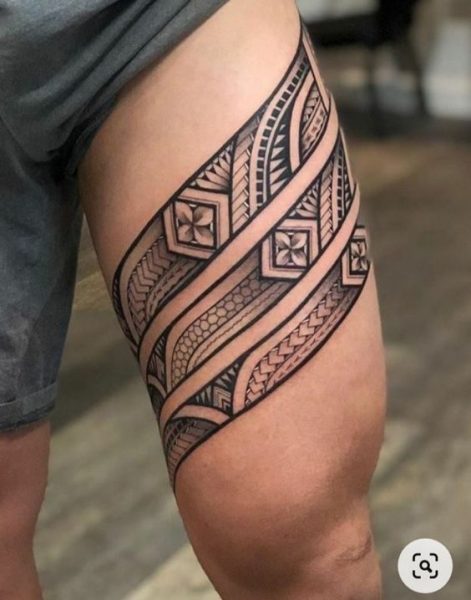
Traditional Significance: In Maori culture, tattoos are more than just body adornments – they are sacred markings that hold deep cultural and spiritual significance. Leg band tattoos, in particular, are traditionally worn by both men and women as a symbol of tribal affiliation, social status, and personal identity. These tattoos are often comprised of intricate geometric patterns and symbolic motifs that reflect the wearer’s lineage, achievements, and connections to their ancestors.
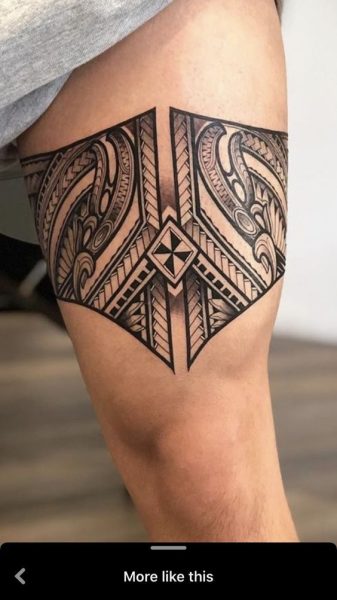
Cultural Symbolism: Maori leg band tattoos are rich in symbolism, with each element carrying its own unique meaning. From spirals and koru (fern frond) motifs symbolizing growth and renewal to manaia (guardian) figures representing protection and guidance, these tattoos convey a wealth of cultural and spiritual symbolism. Additionally, the placement of leg band tattoos on the lower limbs is believed to ground the wearer and connect them to the earth, fostering a sense of rootedness and belonging.

Design Elements: Maori leg band tattoos typically feature a combination of bold lines, intricate patterns, and symbolic imagery. The designs may wrap around the calf or ankle in a continuous band, creating a visually striking and cohesive composition. Traditional tools such as chisels and combs were historically used to create these tattoos, resulting in distinctive patterns and textures that are unique to Maori tattooing traditions.
Modern Interpretations: While traditional Maori leg band tattoos remain revered for their cultural significance, modern interpretations offer a blend of tradition and innovation. Contemporary tattoo artists may incorporate elements of traditional Maori designs into their work while adding their own artistic flair and personal touches. Whether it’s incorporating modern tattooing techniques or blending Maori motifs with other cultural influences, these tattoos continue to evolve while honoring the legacy of Maori tattooing traditions.

Conclusion: Maori leg band tattoos are a timeless symbol of cultural identity and heritage, representing a connection to the land, ancestors, and community. With their intricate patterns, symbolic motifs, and rich cultural significance, these tattoos continue to captivate and inspire people around the world. By exploring the traditional significance, cultural symbolism, and modern interpretations of Maori leg band tattoos, we gain a deeper appreciation for their enduring legacy and timeless appeal.
